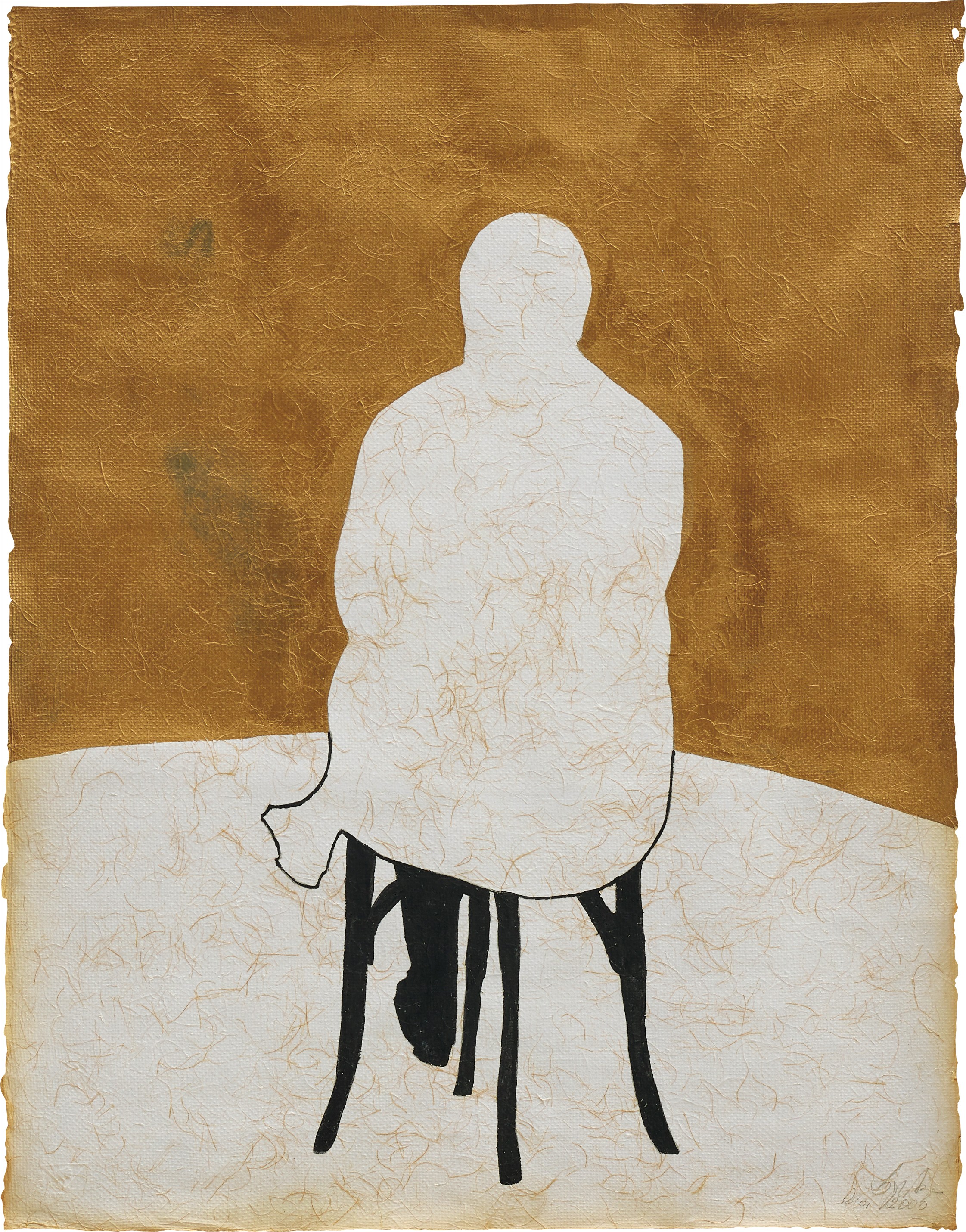

177
Lygia Pape
Olhando Miró
Full-Cataloguing
The artwork does not exist as a finished and resolved object,
But as something that is always present, permanent within people."
Lygia Pape
Lygia Pape’s contributions to Brazilian modern art cannot be underestimated. Most famously recognized for her achievements in the realm of Neoconcretism, a movement that fused geometric abstraction with everyday life, Pape was also an accomplished filmmaker, graphic designer, ballet choreographer and printmaker. In a 1997 interview, Pape stated, “Everything I observe can nourish me and even serve to subsidize some manifestation or invention I’m going to make, but not in the idealistic sense of considering art as something vague and simply beautiful. I think it’s more incisive. It’s a language. It’s my way of knowing the world.” (Lygia Pape, interviewed by Lücia Carneiro and Ileana Pradilla, “Birds of Marvelous colors” in Lygia Pape: A Multitude of Forms, exh. cat., The Metropolitan Museum of Art, New York, pp. 18-19)
Born in the state of Rio de Janeiro in 1927, Lygia Pape had no classical academic training in fine art. However, in the early 1950s, she became acquainted with the artistic circles in Rio surrounding the master Ivan Serpa, who by this time had begun giving classes at the Museu de Arte Moderna (MAM-RJ). During this period after World War II, Brazil was booming with industrialization, which materialized in the transformation of major cities, including the development of Brasilia, the nation’s new capital. This modernization carried over into the art world with the opening of three major museums from 1947 to 1948 and the inauguration of the Bienal de São Paulo in 1951. These venues provided Brazilian artists like Pape with major exhibition opportunities as well as unfettered access to international modern artists like Kazimir Malevich, Theo can Doesburg and Max Bill, leading to the birth of Concrete Art in Brazil in the form of Grupo Ruptura in São Paulo 1952 and Grupo Frente in Rio in 1954.
As a member of Grupo Frente, along with artists like Lygia Clark and Hélio Oiticica, Pape employs in her early work a universal language consisting of simplified forms in primary colors. These works eliminate the artist’s hand, appearing machine-made and featuring small squares that radically burst beyond the two-dimensional picture plane, thereby becoming part of the viewer’s space. Yet, it was with the invention of her Tecelares, black and white woodcuts on rice paper, that Pape brought Brazil back into her art practice. Nodding to the country’s extensive tradition of woodcut prints, typically associated with craft, Pape transformed the medium into something entirely modern by using it to produce simple geometric shapes that dissolved the boundaries between foreground and background. These works epitomize the birth of Neoconcretism in which popular culture and life experience become crucial components of art.
Paulo Herkenhoff eloquently affirmed that “Pape’s approach was driven by her poetic bent, and by her need to know more about indigenous societies and the economy of their symbolism. Her poetics was based in an absolute relationship between reason and nature.” (Paulo Herkenhoff, “Lygia Pape: The Art of Passage”, Lygia Pape: Magnetized Space, exh. cat., Museo Nacional Centro de Arte Reina Sofía, Madrid, p. 30) This is evident in Untitled, 1961, which demonstrates a strong relationship with Pape’s earlier Tecelares, through a rigorous exploration of space and the economy of line, as well as a foreshadowing of her later Ttéias, in which Pape filled entire rooms with glimmering golden columns made of delicate threads through which participants traversed, begging viewers to immerse themselves wholly in an unadulterated experience of light and physical sensation.
A radical inventor, Pape drew inspiration not only from famous artists like Giorgio Morandi, Alfredo Volpi and Alexander Calder, but also from indigenous, black and popular culture in Brazil. In this respect, her triumphs cannot be simply attributed to a cannibalization of European Concrete art because she also saw geometric abstraction in indigenous Brazilian culture, where simplified forms conveyed the purest expression of the natural world. Pape once said, “If you look at the painting of Frank Stella, you will find relationships to the painting of the Brazilian Indian.” (Lygia Pape, interviewed by Lücia Carneiro and Ileana Pradilla, “Birds of Marvelous colors” in Lygia Pape: A Multitude of Forms, exh. cat., The Metropolitan Museum of Art, New York, p. 18) It is through this nuanced understanding of human interaction with art and the bleeding of borders between art, life, poetry, dance and film that Pape has proven herself a groundbreaking modernist and will continue to influence many generations of artists in the future.
Lygia Pape
Brazilian | B. 1927 D. 2004Lygia Pape's diverse oeuvre includes sculpture, engraving, performance and filmmaking. Along with Lygia Clark and Hélio Oiticica, Pape was a signatory of the Brazilian Neo-Concrete manifesto, which promoted the ideal that art was not a static representation but rather organic and experiential.
Pape's oeuvre was greatly informed by the notion that art should be activated by the viewer. This tenant is best represented in the artist's 1959 Livro da Criacão (Book of Creation), in which the artist utilized geometric shapes to create 16 wood constructions, or "pages," with abstract imagery — each signifying a moment in the creation of the world. Each page is accompanied by poetic lyrics and the viewer was encouraged to touch the books and read the poetry aloud.